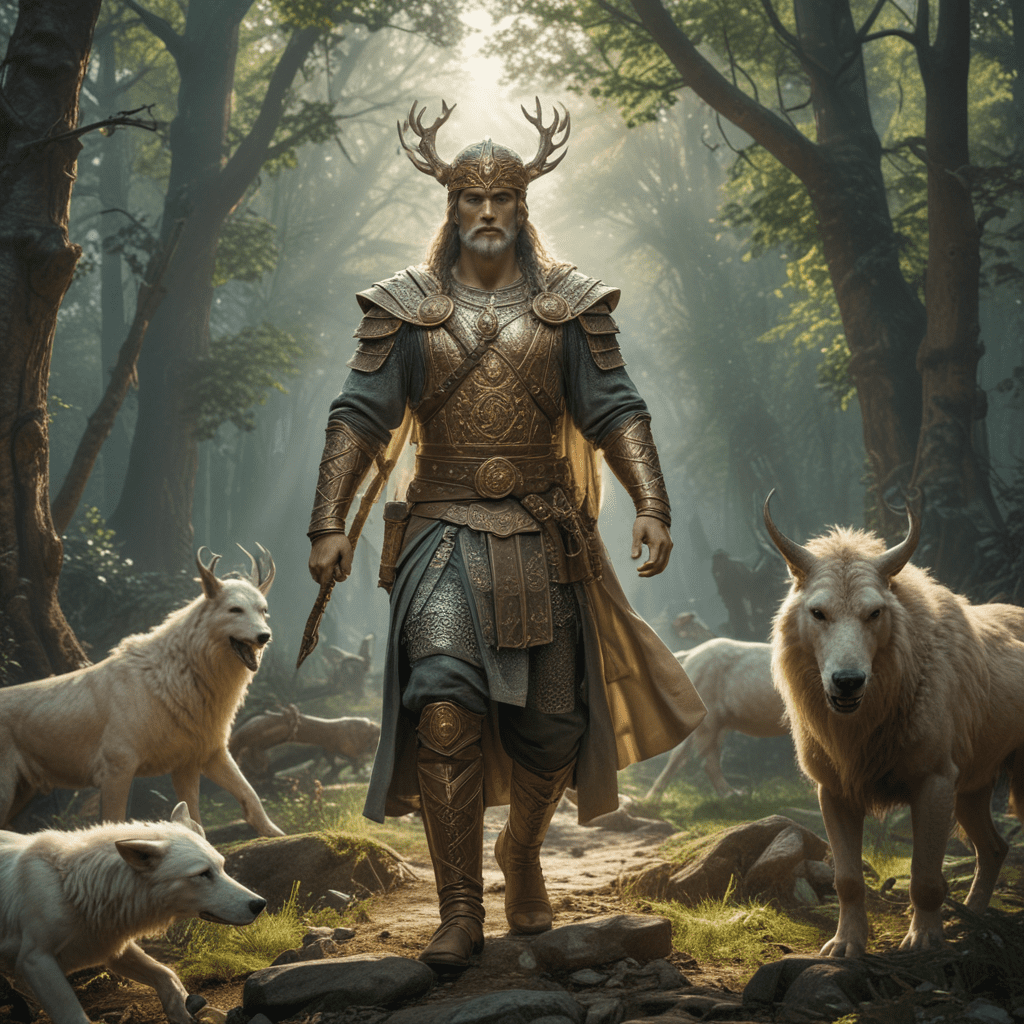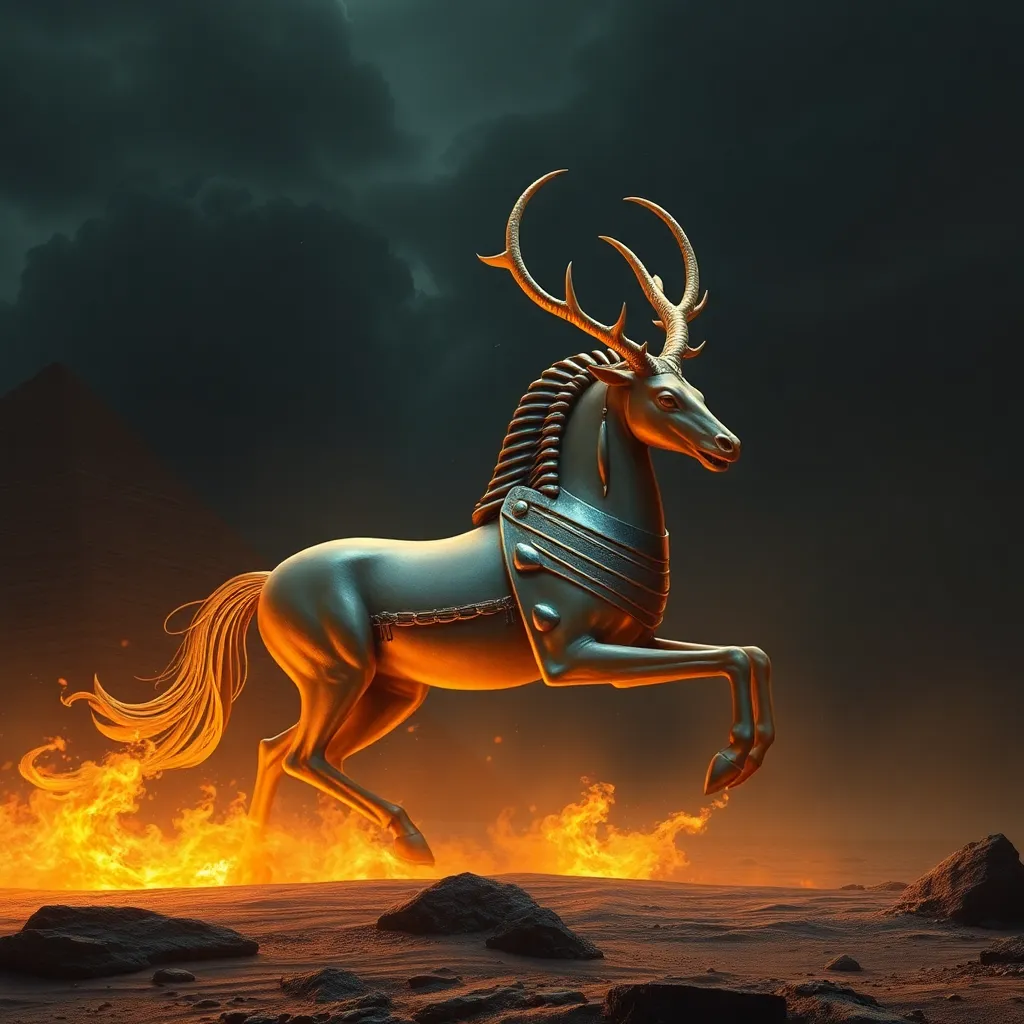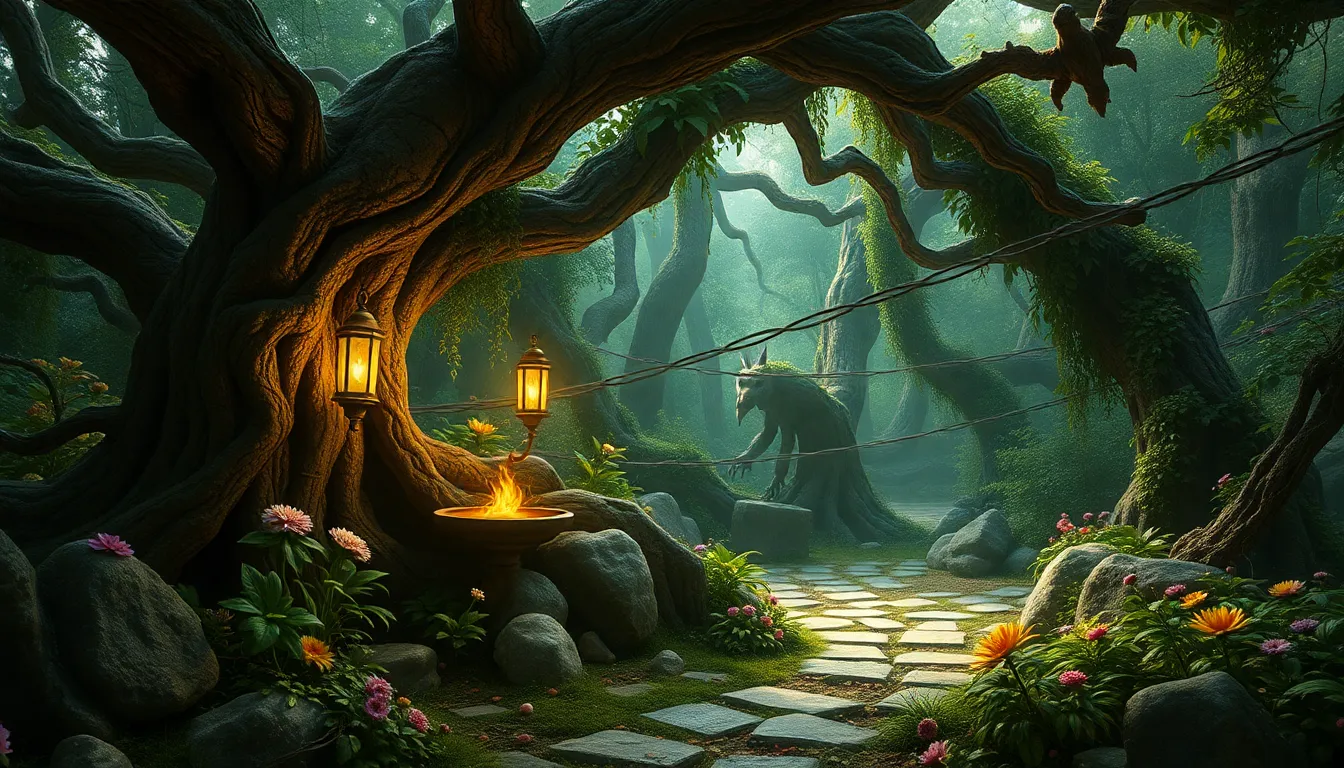The Myth of the Lost Treasure: Chasing Legends
I. Introduction
The concept of lost treasure myths captivates the imagination and stirs the adventurous spirit in many. These legends often revolve around hidden wealth, precious artifacts, and the stories behind them. A lost treasure myth can be defined as a narrative that suggests the existence of valuable goods hidden away, often accompanied by tales of mystery, danger, and intrigue.
Throughout history, treasure legends have held significant cultural importance, reflecting societal values, historical events, and the human desire for adventure. They serve as a bridge between the past and present, igniting curiosity and a quest for discovery. This article aims to explore the historical context, psychological motivations, notable figures in treasure hunting, and the intersection of myth and reality within the realm of lost treasures.
II. Historical Context of Lost Treasures
Lost treasures have fascinated people for centuries. Numerous tales of hidden wealth are woven into the fabric of history. Here are a couple of the most famous lost treasures:
- The Lost Dutchman Mine: Nestled in the Superstition Mountains of Arizona, this legendary mine is said to contain vast amounts of gold. Many have searched for it, but none have definitively found it, leading to countless stories and legends.
- The Spanish Galleons: During the Age of Exploration, numerous Spanish ships laden with gold and silver sank in storms or were lost in battle. The treasure they carried remains undiscovered, fueling dreams of wealth and adventure.
The role of treasure in historical narratives is profound. It often symbolizes wealth, power, and the quest for glory, while also serving as a cautionary tale about greed and the perils of obsession.
III. The Psychology Behind Treasure Hunting
The allure of adventure and the unknown plays a significant role in the fascination with treasure hunting. For many, the idea of uncovering lost riches is thrilling and represents a chance to change their lives.
Several motivations drive individuals to hunt for treasure:
- Wealth: The most obvious motivation is the pursuit of riches.
- Curiosity: The desire to uncover history and solve mysteries can be compelling.
- Legacy: Many treasure hunters seek to leave behind a story or a mark on history.
Treasure myths influence human behavior and societal dynamics, often encouraging people to embark on quests that may seem irrational but are deeply rooted in the human spirit’s adventurous nature.
IV. Notable Treasure Hunters and Their Stories
Throughout history, many individuals have become synonymous with treasure hunting. Here are a couple of notable treasure hunters:
- Mel Fisher: Known for discovering the wreck of the Atocha, a Spanish galleon that sank in 1622. His relentless pursuit led to the recovery of over $450 million in treasure, solidifying his legacy as a legendary treasure hunter.
- Forrest Fenn: An art dealer who hid a treasure box containing gold and jewels in the Rocky Mountains. His 2010 poem led thousands on a quest, capturing the public’s imagination until the treasure was found in 2020.
The successes and failures of these treasure hunters highlight the unpredictable nature of treasure hunting, driven by a mix of hope, determination, and sometimes sheer luck.
V. The Intersection of Myth and Reality
While many treasure legends are captivating, they often come with a set of myths that can obscure the truth. Debunking these myths is essential for understanding treasure hunting.
- Myth 1: All lost treasures are easy to find. In reality, many are buried deep in the annals of history, requiring extensive research and luck.
- Myth 2: Treasure hunting is a guaranteed path to wealth. Most treasure hunters face more failures than successes.
Archaeology plays a critical role in unraveling these myths, providing context and insights into the historical significance of treasures. As society evolves, so do the myths, often adapting to contemporary cultures and technologies.
VI. Modern Technology and Treasure Hunting
Advancements in technology have significantly transformed the landscape of treasure hunting. Some of the key technologies include:
- Metal Detectors and Sonar Mapping: These tools help hunters locate buried treasures and underwater wrecks with greater precision.
- Drones and Satellite Imagery: These technologies allow for aerial surveys of vast areas, revealing potential treasure locations that would otherwise go unnoticed.
The integration of technology has made treasure hunting more accessible, but it also raises questions about the implications of finding and retrieving lost treasures.
VII. Legal and Ethical Considerations
Treasure hunting is not just an adventure; it also involves navigating a complex legal landscape. Different countries have varying laws regarding treasure hunting:
- Some nations require permits for treasure hunting.
- Others have strict laws about ownership of found treasures.
Ethical dilemmas often arise, such as the conflict between ownership and preservation. Case studies of legal disputes over treasure finds illustrate the ongoing challenges in this field.
VIII. The Impact of Treasure Myths on Tourism
Treasure legends serve as significant tourist attractions. Locations associated with famous treasures often see increased tourism, bringing both economic benefits and challenges to local communities.
- Economic Benefits: Increased tourism can boost local economies through spending on accommodations, dining, and experiences.
- Challenges: The influx of tourists can strain local resources and alter the community’s character.
Storytelling plays a crucial role in enhancing the tourist experience, transforming historical narratives into engaging adventures for visitors.
IX. The Future of Treasure Hunting
The treasure hunting community is witnessing emerging trends as interests evolve. The allure of lost treasures continues to be a prominent theme in popular culture, inspiring new generations of treasure hunters.
Predictions for the future of treasure hunting include:
- Increased use of technology, making treasure hunting more efficient.
- The growth of community-based treasure hunting organizations.
- A greater focus on the preservation of historical artifacts and ethical hunting practices.
X. Conclusion
The myth of lost treasures endures, capturing hearts and minds across generations. While the thrill of the hunt is compelling, it is essential to maintain a balance between myth and reality. Responsible treasure hunting and the preservation of history are vital to honoring the legends of the past while safeguarding our cultural heritage for the future.



